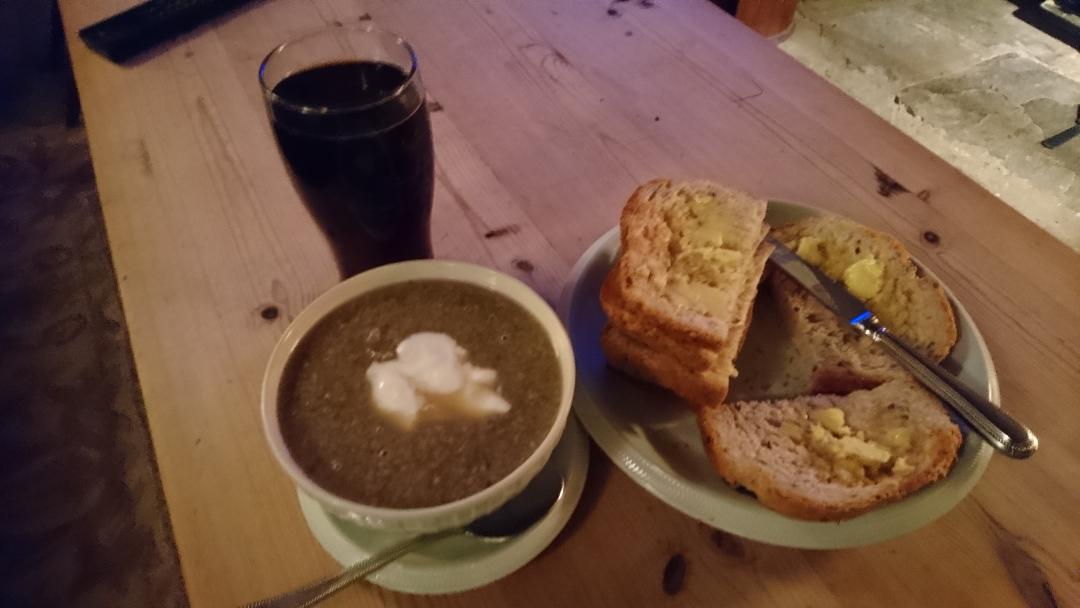
A quick summary:
- The Spine Challenger is a 108-mile continuous ultramarathon along the UK’s Pennine Way. The 2022 winter event kicked off at 7:30am on Saturday 8th January
- The organisers promote the Spine events as “Britain’s Most Brutal” and the weather on the first day lived up to that. There were ice-covered flagstones, challenging river crossings, 50-mph Arctic headwinds, freezing temperatures and downpours of rain and sleet. I and the other competitors entered the event knowing that such conditions were possible – even likely. I am 54. I have been type 1 diabetic for 40 years
- 65% of the people who started the Challenger distance Did Not Finish (DNF) and I was one of them. I was going well until about 30/ 35 miles when the wheels fell off over a 4-mile section. I withdrew at a safety checkpoint after around 40 miles at 1:30am on Sunday morning
- I do not consider that my withdrawal was linked to diabetes. I felt I was approaching hypothermia, too far behind schedule to be able to complete and I was despondent after a big navigational error
- But my blood sugars were pretty good throughout, my diabetes equipment worked well and my diabetes management plan was sound

I will be trying again. I have entered the summer version of the event (June 2022) and plan to also enter the 2023 winter event. I am learning from the mistakes that I made this time. I have no doubt that this event (and maybe the full Spine Race) is do-able for a type 1 diabetic. Diabetes just adds extra angles that need planning for. These are what I see as those angles:
Blood sugar at the start
- I find it a challenge to find a balance between blood glucose level (BG) at the start of a long event and BGs during the first four or five hours of the event. The solution that works for me is as follows. On the morning of the event I had breakfast around 5am (the hostel laid on an early breakfast especially for competitors) but with no (or almost no) carbohydrate – only egg, bacon, tomato, sausage and black coffee. I took no insulin with it. Then at 7am (30 minutes before the start of the event) I took 8 units of Fiask (just under half my normal dose) and ate a 415g can of Heinz Baked Beans & Sausages
- From then on I was watching my BG carefully (I use a Libre 2 sensor). I was surprised to find that it was going down (maybe nerves, maybe lots of repacking activity) so I also ate a load of sugary stuff that I had brought with me for such an eventuality (a Turkish Delight, a Mars and three Special K bars). This did the trick and brought my BG up. It then did not plunge during the first section of the event, which includes a steep ascent
- My reasoning for this approach is: (1) I need to reduce insulin by a lot otherwise my BG goes low during the first few hours of a run/ walk; but (2) if I have reduced insulin and a normal amount of breakfast an hour or more before exercise starts then my BG at the start is too high (16+)
- I also brought a disposable bottle of water to the start to wash it all down. I had a few more Special K bars that I didn’t need so I gave them to other competitors
Keeping the Libre sensor within temperature range
- I have a Libre 2 sensor to monitor BG. During my training I had problems with the sensor falling below operating temperature because of either the air temperature or wind chill. Another diabetic (hi Helen) had told me that her Libre had not worked at all during the summer version of the event so it seemed unlikely that mine would work in the winter event without something to keep it warm
- I made a fleecy sleeve to go around my upper arm (see below). It’s made from a fluffy snood, sewed together to make it tighter
- It works a treat and kept the sensor warm enough for the whole event even though temperatures were fairly extreme – sub-zero with big wind-chill and periods of heavy rain and sleet
- At one point the sleeve slipped down my arm by a few inches so that it was no longer covering the sensor. I pulled it back up and it stayed in place for the rest of my time in the event. In future I plan to add a soft strap across the chest to stop it slipping down

Sensor cover in place

Amount of insulin
- I talked earlier about the amount of insulin I take with meals during long exercise. What works for my is just under half my usual amount of fast-acting (Fiask) – so 8 units instead of 18, or 6 units instead of 14. Also I find that the insulin remains active longer – for around six hours instead of three to four hours in normal life
- My plan was to take 8 units with my second (carb-ey) breakfast just before the start and then 6 units with subsequent meals. That would be supplemented by two units at any time when my BG was starting to creep up (i.e. 8 or 9 and going up)
- I am pretty confident that the plan would have worked – indeed it was working. What I think I did wrong was not making time to eat a meal later on
Actual BGs from the Libre
- Below is a screenshot of my BGs during the event. It kicked off at 7:30am on the Saturday and my participation ended at around 1:30am on the Sunday
- I’ve written above about what happened leading up to the start. I think I took two units of Fiask at 12pm on Saturday as it looked like I had overdone it a bit with the pre-start carbs
- After that it was pretty good until I dropped out. After I dropped out it rocketed up. This was a combination of stopping the exertion and eating/ drinking to try to warm up (cheeseburger/ sweet tea/ hot chocolate). I was seriously cold and a high BG was not a big concern. But it did take 12 hours to get it down to a reasonable level again
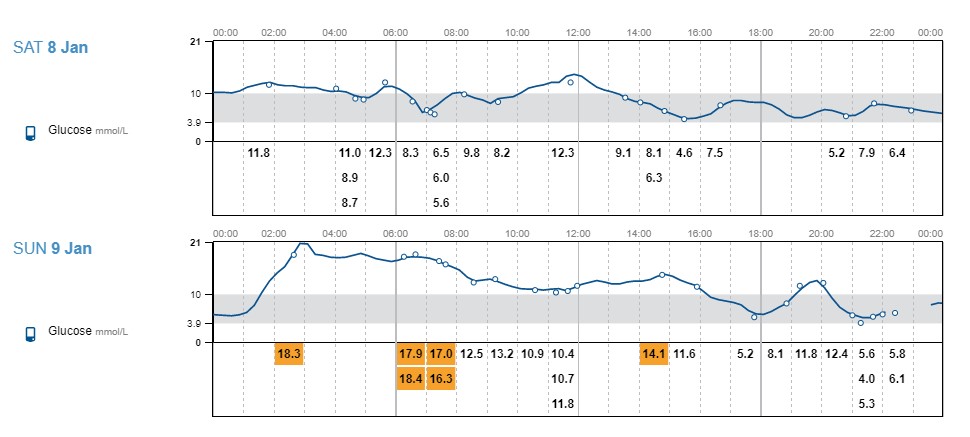
Eating
- In my two years of training for this event I had developed a routine of eating a small amount of protein every couple of hours (either a boiled egg or a cube of cheese), supplemented by a source of fast-acting carbohydrate as required – Jelly Babies, a Mars bar or a Snickers bar. In extreme situations (BG low and going down fast) I would have half a slab of Kendall Mint Cake. I had also learned that I can only go about 12 hours without something more substantial – even if my BGs are in the right range I just run out of energy
- In truth I failed to follow this plan in the event. Protein-wise, in the 17 or 18 hours that I was out there I probably only ate three or four cubes of cheese. My BGs were generally OK so there wasn’t a need to eat anything like a Mars bar. There was one time when my BG was on the low side (around 4.0 and reducing) so I ate half a bag of Jelly Babies and it came back up
- But even though my BGs were about right, my energy levels lowered towards the end of my time in the event. I think this was partly because I had no active insulin in my system.
- With hindsight I should probably have been taking small amount of Fiasp (say, 2 units) every six hours and then eating carbohydrates regularly.
- I think there were probably two reasons why I didn’t take the time to do this. (1) the weather was pretty horrific and stopping to unpack insulin and food from the rucksack was not a enticing prospect – not only does your stuff get wet but you get cold. (2) I entered the event on my own and started off on my own, but in the conditions (crossing remote locations through the night in cold temperatures, strong winds, heavy rain and sleet, treacherous river crossings and ice underfoot) forming into small teams was a safety necessity. With time becoming an issue I think I was trying to minimise the number of times I asked the team to stop for five minutes to allow me to get food/ get insulin/ fix my Libre insulation. They were lovely people and didn’t mind when I did but I think I held back anyway. If I had been on my own (which would have been madness) I probably would have stopped to rehydrate a proper meal at some point
What I’ll do different in future (diabetes)
- I will eat something worthwhile (e.g. Super Noodles – not sweets or chocolate) every four hours or so. Although I was able to keep my BGs in a good range throughout the event, I was probably not taking in enough calories for amount of activity I was doing and the weather/ temperature. This will mean also taking small amounts of insulin (probably 1 or 2 units) every six hours or so as I see BGs start to rise
- I will add a soft chest strap to my Libre sleeve to stop it slipping down my arm
The other things I will do different do not relate to diabetes :– putting on extra layers early when I start to get cold; changing the batteries on my GPS as soon as they run out rather than relying on others’ navigation; and putting on Yaktrax when travelling on iced-over flagstones.
I am disappointed but not crushed. I will be back in June and January to finish what I started.
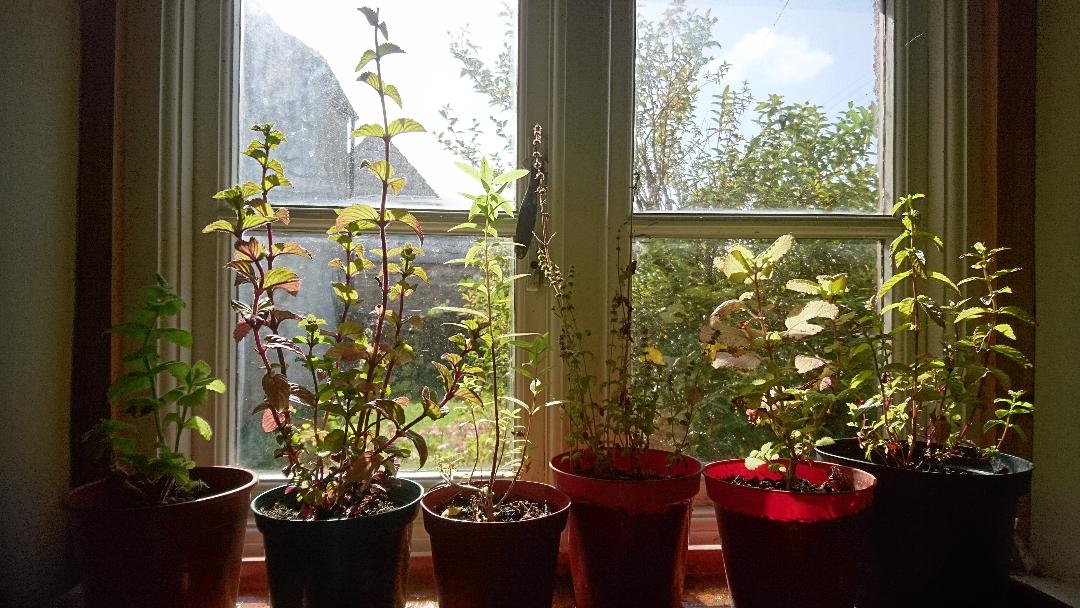

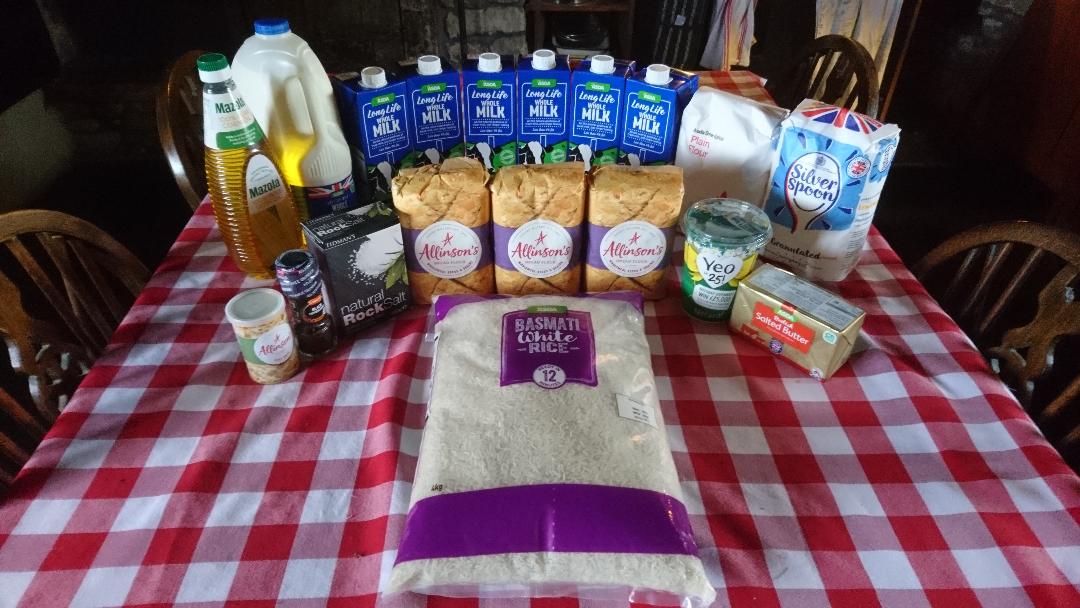
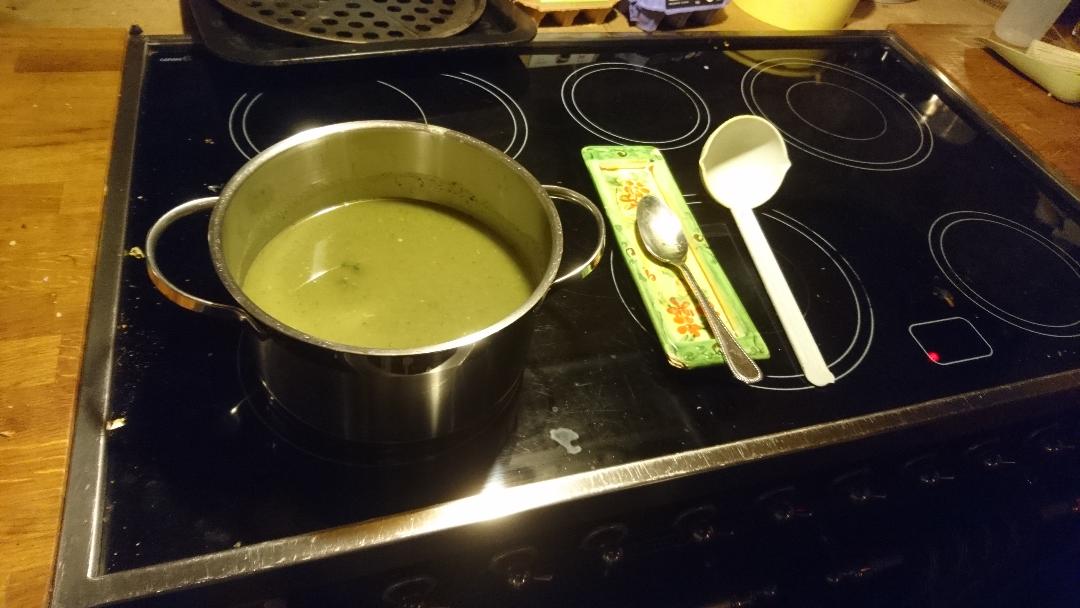
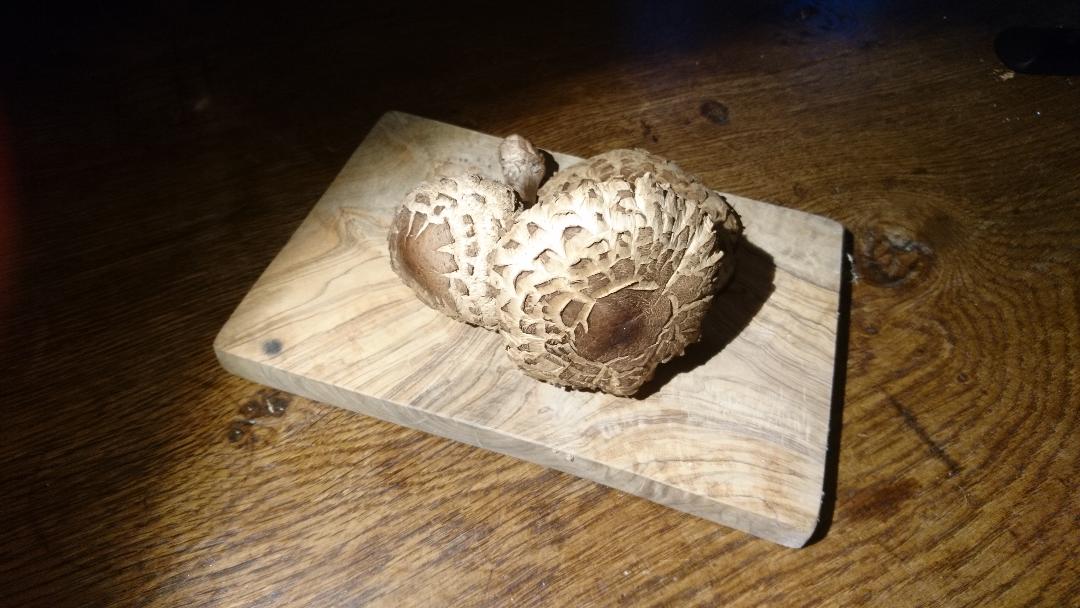
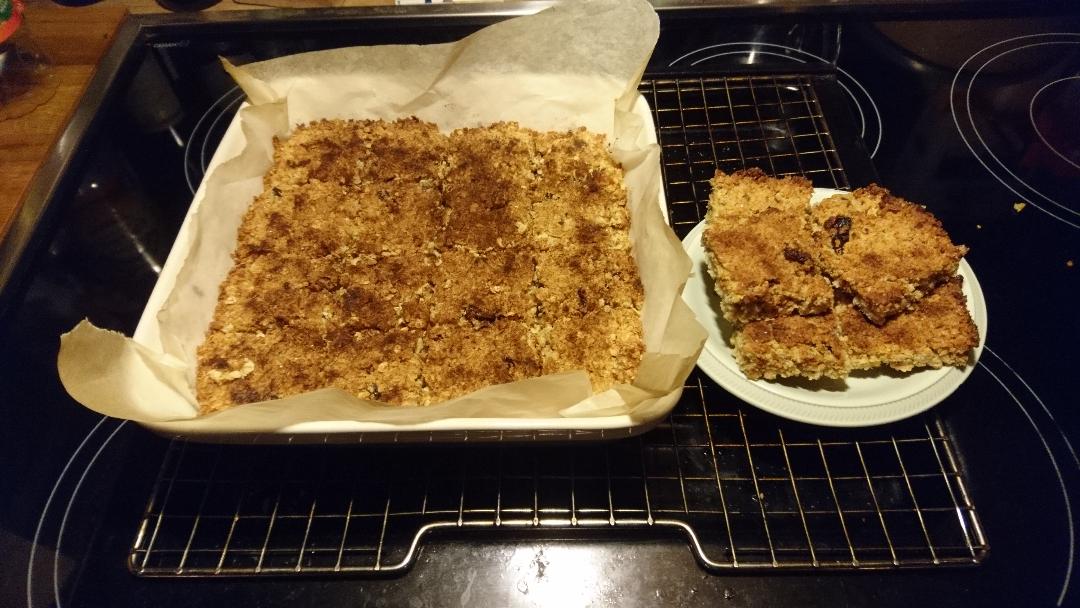 I’m not planning on making a habit of this, but I have just cooked my best thing ever and I need to share.
I’m not planning on making a habit of this, but I have just cooked my best thing ever and I need to share.

